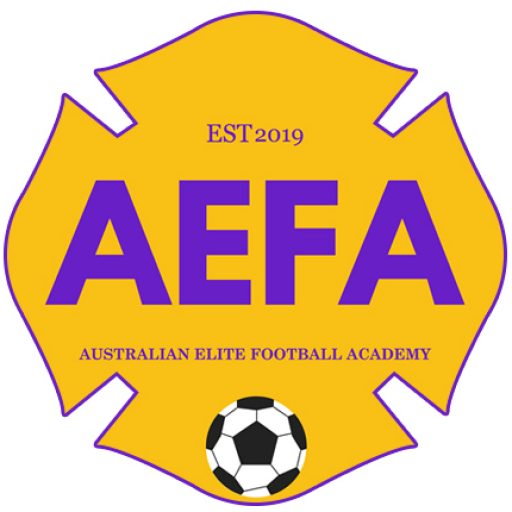Our Philosophy
What shapes our philosophy for youth development in the ACT/NSW?
The Australian Elite Football Academy (AEFA) will provide a totally professional football development environment in Canberra and surrounding regions. AEFA will provide the highest level, most flexible and best value learning opportunity for committed players. We will strive to educate and develop interested players from all ACT clubs and programs, with total integrity and no bias, and thereby enable them to play at the highest possible level.
The FFA National Football Development Plan, released on 1 November 2007, identified a number of gaps in the Football Talented Player Development system following an extensive review. The key gaps identified in relation to talented player development in this country included the following:
Technical skills identified as deficient in players in elite programs / competitions
- Virtually all coaches dealing with Australian representative teams as well as FIFA Technical Reports about Australian teams at major tournaments comment on the weaknesses in the technical skills of our players. The world’s best players start developing technical skills at a young age. Australia cannot produce a significant number of world class footballers until it is world class in developing technical skills, that persist under pressure, in its young players.
Deficient game skills and game hardness evident from 15–20 years of age
- In the majority of the major footballing countries, by age 18 or 19, the best young players are competing in professional senior environments (with and against adult professionals), throughout the full season. In Australia this now typically does not happen until the players are in their early 20s, and even then for a season much shorter than overseas. Consequently, our young players have much weaker game skills, that is decision making and effectiveness in a competitive environment, than is typical in other “football countries”.
The omission of a lot of potential talent from regional Australia
- In Australia and overseas, rural areas tend to be much better, per capita, than cities at generating athletes. However unlike other codes in Australia, football has been predominantly a city game. This trend is clearly illustrated by the fact that three quarters of Australian Hyundai A-League players have been developed in large cities.
Less expertise of coaches for talented young players and for senior teams
- On average, Australian coaches available for elite youth development and for state and national competition teams have less relevant experience, and consequently less expertise, than their counterparts in top football countries.
For many reasons, in particular the shortage of high level coaches in Australia, most if not all of these gaps still remain today, particularly in those regions not blessed with a strong player pathway or an A League club.
The FFA Plan identified that multiple entities (including clubs, schools and private academies) were involved in the development of talented players.
In order to cater for those talented players who were geographically isolated and unable to access programs in major cities, the Plan conceded it would likely be necessary to establish regional centres of excellence, directed towards the talented younger age groups, to ensure:
- the best training with the best
- coaching by highly skilled, specialist development coaches
- an emphasis on strong technical skills and the start of good game skills.
The Plan identified major areas of need in relation to the football community which underpins and contributes to the development of talented players, and made special mention of women and girls. Indeed, it is critical that opportunities continue to be provided for females to access football in this country. This extends to talented players and the need for a seamless pathway which includes the provision of suitable domestic competition opportunities for the best female players in the country.
The Women’s Football – Strategic Plan (2014-2016) also sought to establish a talent development pathway from the grassroots to the elite, with buy in from all stakeholders. This included promoting mixed football opportunities for female players on the elite player pathway.
Lastly, the FFA’s current Whole of Football Plan had the following to say about our Girls’ Australian football pathway:
“Development Programs will afford young players an opportunity to experience an enhanced Football environment which will prepare them for the technical and tactical challenges of elite Football. Existing development programs like the Skill Acquisition Program (SAP) and Skilleroos will be expanded to increase the number of kids entering the pathway. Girls will be afforded opportunities in both a mixed and single sex environment.”[1]
The AEFA intends to address these identified and ongoing areas of need by providing professional football development in Canberra and surrounds. We will primarily focus on developing the character, skills and on-field decision making of our talented young male and female players in a flexible and player-centred learning environment.
[1] http://www.wholeoffootballplan.com.au/pdfs/Whole_of_Football_Plan.pdf (p. 103)
